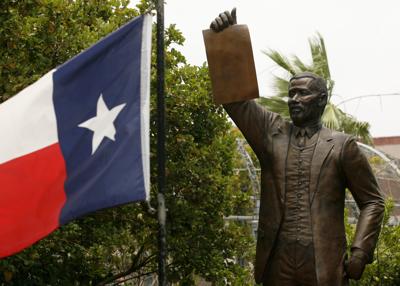Schools in West Virginia have been closed for over a week now in a historic statewide walkout by teachers and service personnel, and with the dysfunction we are seeing in the state capitol, it is unknown when this will be resolved.
Photo: West Virginia Board of Education
West Virginia has a very strong history of workers standing up for their rights. In the early 20th century, the coal industry in the Mountain State expanded. Coal mines were often owned by companies that weren't even in the state, mine safety was minimal and deaths were common in this unregulated industry. The miners and their families were paid in company scrip, not even real money, which could only be used at the company store. These families lived in company homes and very quickly went into debt to the companies so it was next to impossible for them to get out.
Photo: West Virginia And Regional History Center
In 1912, unionized miners in Kanawha County went on strike, demanding better working conditions, better pay and to halt the practice of forcing the miners to purchase from the company store. These demands were not met and the companies brought in armed agents. The strike lasted for a year and resulted in several deaths but eventually, a compromise was made and the miners went back to work.
Then, in 1920, miners in Mingo County joined the United Mine Workers of America and the mining companies retaliated by firing the unionized workers. This resulted in the Battle of Matewan and the Battle of Blair Mountain, which was one of the largest armed uprisings since the Civil War.
Photo: West Virginia PBS
In March of 1990, teachers joined in the labor uprising history of West Virginia. Teachers from 47 counties went on strike for 11 days because the governor and state legislature could not agree on pay raises for teachers. They were successful and the salaries of teachers were increased, raising them from 49th in the nation to 34th. Today, many of the teachers who were on strike in 1990 are out in force again, fighting for better pay along with a fix to their health insurance program.
Photo: NBC News
But this strike is different from the 1990 one. While this is the second statewide teacher strike, every single public school in every county in the state is closed. That's 55 counties with over 20,000 teachers and service personnel standing on the picket lines. Additionally, the issues these public employees are standing up for do not just affect them but all public employees, including state troopers and police. Healthcare costs under the Public Employee Insurance Agency (PEIA) have skyrocketed while pay has stagnated.
Photo: NPR
While the Legislature tries to resolve these issues, the strike will continue. Keep in mind, one party controls all three branches of government, and they cannot come to an agreement which would allow teachers and over 200,000 students to go back to their classrooms. Not only can the three branches not agree, but they have demonstrated that they do not know how to proofread, listen to what the entire state wants and they have insulted teachers, many of whom work two jobs or are on food stamps just to support themselves and their families.
Photo: West Virginia PBS
As the daughter of a West Virginia school teacher and a student who grew up attending West Virginia public schools, I know that these teachers deserve far more than they are even asking for. They spend countless hours outside of their classrooms working on lesson plans, supporting their students and trying to ensure their students have the best chance at a future. They spend their own money on classroom supplies. Even during this strike they have continued to work by grading papers, helping students prepare for upcoming AP exams and packing lunches for students who rely on the schools for meals. These are the most selfless people you will ever meet and all they are asking for is better pay and a fix to their health insurance. Is that really too much to ask? They deserve respect!
Original art by Hilary Grabowska
These teachers have spent years educating students for the future, teaching them how to write, how to think critically and all about standing up for their rights. The most formidable strike is a strike by an educated workforce that knows their rights and their state's labor history, and that's who has been standing on the state capitol steps for the last week.
Photo: Pittsburgh Post-Gazette



































